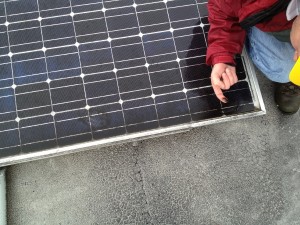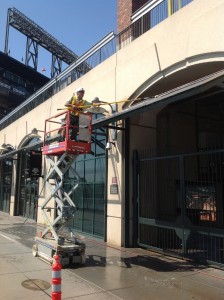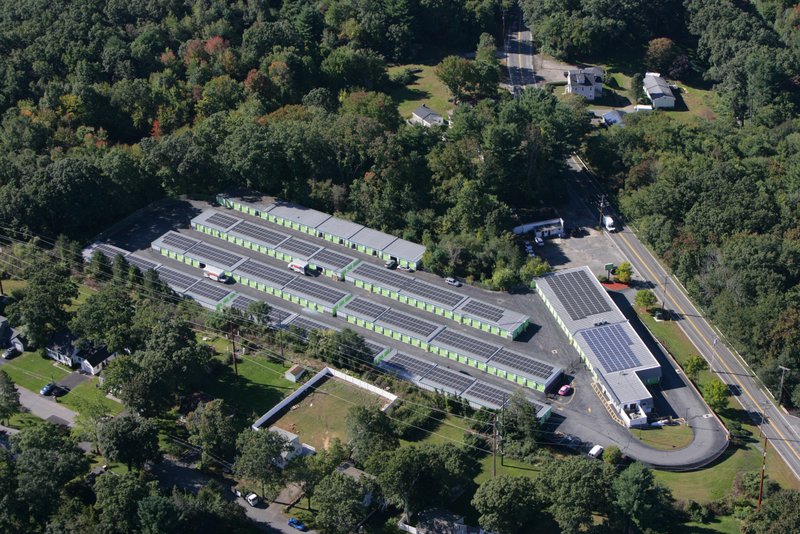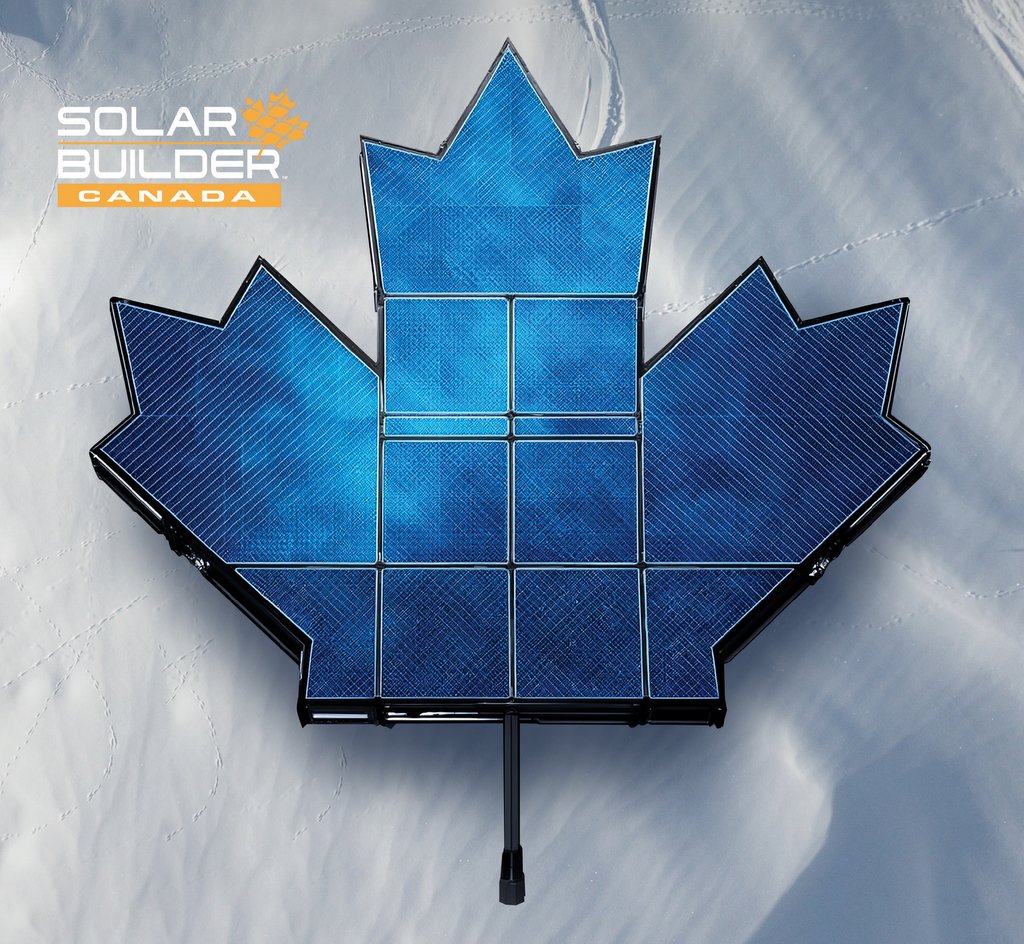Solar Panel Cleaning
Crystalline modules are delicate creatures. A few cleanings every now and then will help them live up to their full potential.
It’s a few months after your solar project “flipped the switch.” You bought these solar modules because the manufacturer promised they were the best in the industry. So why aren’t they performing at their best?
The problem could be as simple as the panels are just a little dirty. Scheduling a cleaning a few times a year can ensure the panels are producing the most power — as if it’s Day 1 all over again.
HIRE A MAID!
Solar Maid, a global solar O&M provider headquartered in Pittsburgh, specializes in janitorial solar O&M — panel cleaning, snow removal and weed abatement. The company formed in 2003, and general manager Jay Welsh says it has taken a few years for the concept of janitorial maintenance to catch on. But now Solar Maid is expanding and licensing its services out to 42 territories in North America. All the systems that flooded the market in recent years suddenly need help with cleaning.
 “There was so much solar out there and it had never been serviced,” Welsh says. “More people realize, ‘Hey, I lost 20 percent production. I better do something.’ First, see if your panels need cleaned.”
“There was so much solar out there and it had never been serviced,” Welsh says. “More people realize, ‘Hey, I lost 20 percent production. I better do something.’ First, see if your panels need cleaned.”
Solar Maid services residential systems on up to large utility-scale solar farms. Determining a schedule for cleaning systems really depends on the region. Some areas, like the Northwest and the Northeast get a lot of rain, so cleanings are scheduled either annually or biannually. Other areas, like Texas, New Mexico, Southern California — known as the Dust Region — might need servicing monthly or quarterly. Solar power systems on the coastline get a lot of seagull droppings, so those panels might need cleaned on a monthly basis.
“Contrary to popular belief, rain is not a good source for cleaning panels,” Welsh says. “It’s actually a detriment, depending on what region you’re in. Up in the Northwest, the rain is pretty clean, but when you get into industrial areas or city areas, that rain coming down collects a lot of particulates.”
Spots left by rain drops don’t take a large amount of production away, but when settled dust mixes with raindrops, the mud formed can be a big concern. Welsh says the majority of what Solar Maid cleans off panels are bird droppings, industrial chemicals (like pesticides) in agricultural areas, tree saps and pollen in the spring time.
The extreme filth — like pesticides, sap and mud — may require Solar Maid’s special cleaning solution. But usually no cleaning solution is necessary. Just ionized water is the trick.
“If you set something outside for long enough, it’s going to collect something,” Welch says. “We have our own cleaning solution and organic solution, but we usually don’t use them. Typically we pull tap water, run it through our filtering system, wet the panels down, scrub them and hose them off.”
Solar Maid recently started offering soil boundary analysis to its customers. The analysis takes production numbers of the solar power system for a week before a cleaning and numbers for a week after.
 “We found around 18 percent is about the national average that your production will increase after cleaning,” Welsh says. “Our soil boundary analysis tells customers exactly where the cost ratio benefit comes into play. If it costs $2,000 to clean it but at 6 percent [of lost production from a dirty system] they’re losing $2,500, then it obviously makes sense to go out and spend the money to clean it.”
“We found around 18 percent is about the national average that your production will increase after cleaning,” Welsh says. “Our soil boundary analysis tells customers exactly where the cost ratio benefit comes into play. If it costs $2,000 to clean it but at 6 percent [of lost production from a dirty system] they’re losing $2,500, then it obviously makes sense to go out and spend the money to clean it.”
In addition to panel washing, weed abatement is a big revenue driver for Solar Maid on the utility-scale side.
“Keeping weeds from blocking the panels and keeping grass down is very important, because a lot of that stuff will cause panels to get dirty,” Welsh says. “When it rains, that stuff splashes, whether it’s hitting mud or tall and heavy weeds on the ground. It’s not really a production-loss issue until the weeds get to a certain point, but it’s a lot cheaper to proactively take care of it instead of wait till the weeds are a foot-and-a-half high and blocking the panels.”
THE FUTURE OF PANEL MAINTENANCE
There are products coming out in the industry that require less labor for panel cleaning. Welsh says there are films similar to the Rain-X cleaner for car windshields, but without extensive testing, he’s not comfortable spraying something on expensive panels without proof it won’t ruin them. There are also robotic elements in the works that can clean large utility-scale solar projects more easily than guys with brushes on long sticks. Solar Maid is even involved in the development of these products, but more time is needed to see if it’s an appropriate replacement to manpower.
On average, a 1-MW system is made of around 4,000 panels. Solar Maid’s three-man crews can clean 4,000 panels in two to three days. There are different variables that change timing — rooftop systems’ often have awkward placement with limited space, for example — but Solar Maid tries to do things quickly and efficiently, even bringing in heavy lift equipment or cranes if needed.
As developers put together their project plans, budgetary numbers for O&M must be included. That’s why companies like Solar Maid are getting involved early in the process.
Welsh says a multi-megawatt project in Puerto Rico is a few months from even breaking ground, yet Solar Maid has already signed on for panel maintenance. Two Solar Maid employees will be housed on-site. Their job year-round will be to start at one end of the solar farm and clean their way to the other end. They’ll also take care of landscaping and security and other issues.
“We try to fit where the customer needs, and we’re flexible enough to do that,” Welsh says.
At the end of the day, Welsh is just glad his company’s services are finally catching on.
“As short as two years ago, I was convincing developers that eventually you’re going to have to clean the panels,” he says. “The industry was still in a learning curve about the need for this service. That has changed pretty rapidly.
“O&M is a major part of the industry. It is a necessary part of the industry.”





Very informative, thanks.
I have small commercial system in Toronto that has been covered in snow since mid Decemeber, thanks for the info because I have been looking for someone to do this for weeks.